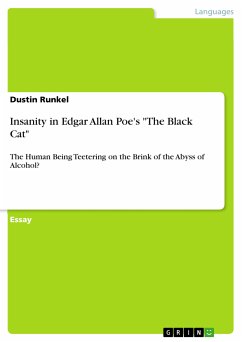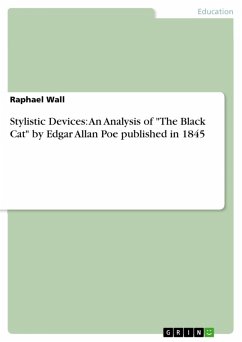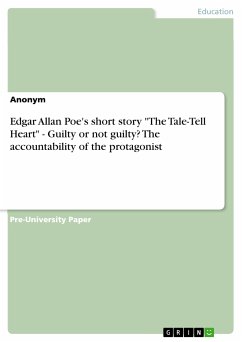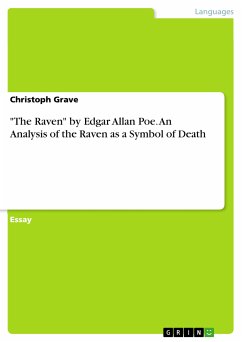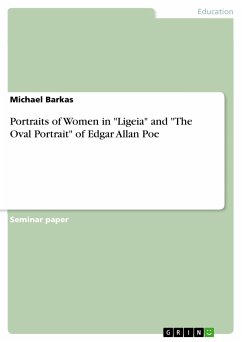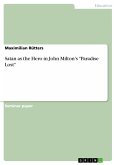Essay from the year 2017 in the subject Didactics for the subject English - Literature, Works, grade: 1,3, University of Marburg (Institut für Anglistik und Amerikanistik), language: English, abstract: In this paper, Poe's popular short story "The Black Cat" (1843) will be analysed and interpreted from a psychoanalytic point of view. In order to make Poe's attitude towards the human psyche graspable, the protagonist's mental disorder(s) will be examined. In fact, the ambiguous narrative could - of course - be understood as the story of a virtuous man who suffers from the abyss of alcoholism. From this perspective, the story becomes the tale of woe that focuses on the social, economical and psychological consequences of alcohol dependency for the narrator loses his social environment, sinks into poverty, drifts towards sin, and starts to suffer from a dissociated personality. However, it seems as if the teller's immoral acts were motivated by other forces than the influence of intoxication. The brutish narrator himself subsumes the destructive powers that guide (and transform) him under the expression "the spirit of perverseness". Therefore, in this essay, it will be scrutinised whether alcoholism is the primary reason for the narrator being inclined to commit foul deeds or rather an external intensification of already existing homicidal tendencies.
Dieser Download kann aus rechtlichen Gründen nur mit Rechnungsadresse in A, B, BG, CY, CZ, D, DK, EW, E, FIN, F, GR, HR, H, IRL, I, LT, L, LR, M, NL, PL, P, R, S, SLO, SK ausgeliefert werden.

